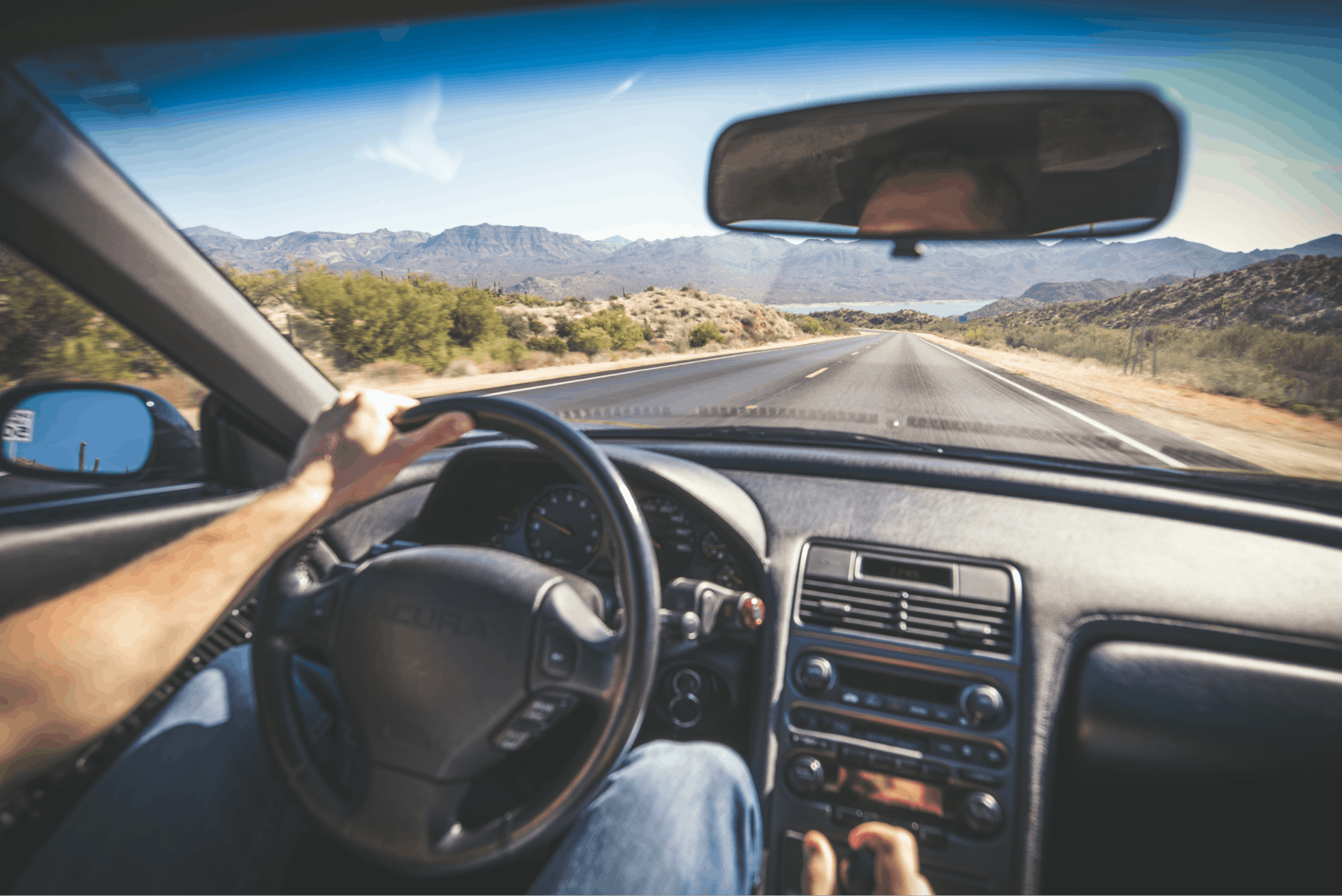All prices shown here are based on various data sources, as detailed in About Our Prices. The Hagerty Price Guide is for informational purposes only and is not intended as financial advice. More information on how forecast models are calculated can be found on Forecasted Values page. For additional information and a complete description of benefits, visit hagerty.com/legal. Purchase of insurance not required for membership in HDC. Hagerty, Hagerty Valuation Tools & Hagerty Drivers Club are registered trademarks of The Hagerty Group LLC, ©2025 The Hagerty Group, LLC. All Rights Reserved. The Hagerty Group, LLC is a wholly owned subsidiary of Hagerty, Inc.
1982 Ferrari 512 BBi
2dr Coupe
12-cyl. 4943cc/340hp Bosch FI
#1 Concours condition#1 Concours
#2 Excellent condition#2 Excellent
#3 Good condition#3 Good
$225,000*
-6.2%
#4 Fair condition#4 Fair
Apr 2025
Let us watch the market for you
We update the Hagerty Price Guide each quarter. Sign up for alerts and we'll notify you about value changes for the cars you love.
1976-1984 Ferrari 512 BB stats
Sales
74
Photos
45 photosImages may not reflect selected vehicle.
Past sales
$228,012
1983 Ferrari 512 BBi Base
32000 M
Standard
North America
Mar 25, 2025Bring a Trailer
View details
$307,500
1983 Ferrari 512 BBi Base
13804 K
Standard
North America
Mar 7, 2025Broad Arrow Auctions
View details
$238,000
1980 Ferrari 512 BB Base
Standard
North America
Mar 7, 2025Gooding & Company
View details
$390,000
1984 Ferrari 512 BBi Base
Standard
North America
Mar 6, 2025Gooding & Company
View details
$302,000
1983 Ferrari 512 BBi Base
Standard
North America
Feb 28, 2025RM Sotheby's
View details
$288,500
1984 Ferrari 512 BBi Base
19000 M
Standard
North America
Feb 14, 2025Bring a Trailer
View details
Insurance
Protect your 1982 Ferrari 512 BBi from the unexpected.
Better coverage built for classics at a price you can afford. Online quotes are fast and easy
More 1982 Ferrari 512 BBi values
Model overview
Model description
The Ferrari 512 BB followed the 365 GTB/4 Berlinetta Boxer to market in 1976 after the original BB’s short production run. The 512 was largely the same, using the same mid-mounted flat-12 engine as its successor, only with a displacement bumped from 4.4L to 5.0L. It also carried the same wedge-shaped Pininfarina body that took many cues taken from the carrozzeria's striking P6 show car of 1968, only the 512 also gained a front spoiler and NACA ducts just ahead of the rear wheels. Body proportions were slightly larger, and the rear track was widened to aid handling. A dry sump was also a new addition, which helped lower the car’s center of gravity. Other than that, the 512 retained the car’s 5-speed transaxle and most all other components. It continued to be built upon a semimonocoque with fore and aft subframes.
The car's low profile and the longitudinally mounted, horizontally opposed engine suited one another quite well. The Berlinetta Boxer loved to rev and screamed all the way. And it was quick, too, with a claimed top end of 188 mph, though a 40/60 weight distribution could make handling tricky at high speeds.
Despite slightly less power, the 512 had a longer stroke and produced more torque, which allowed for better drivability and acceleration. Coupled with the added girth, the road manners of the 512 were a marked improvement.
The final iteration of the Berlinetta Boxer family arrived at the 1981 Frankfurt Auto Show with the 512 BBi, as in "i" for "injection." The Bosch fuel-injected 512 was the culmination of all Ferrari had learned from its boxer cars, and the cars were optimized for emissions—as optimized as early '80s Ferraris could be. When BB production ended in 1984, with it went the last links to the old-school Italian way of building Ferraris—entirely by hand.
For all their ferocity on the street, Ferrari Boxers never enjoyed much success on the race tracks of the world. Privateers had little luck with the 365, while factory-prepared 512 BB/LMs—elongated caricatures of the street cars—raced at Daytona, Le Mans, and elsewhere, to forgettable results.
In all, 1,926 Boxers (both BBs and BBis) were built over an eight-year run, none of which were officially imported to the U.S. Thanks to the miracles of creative modifications, they are here now. And they serve as reminders of a thrilling period in Ferrari history when Enzo loosened the reins just enough to produce something even more radical than a front-engined V12.
Find more values
Search for prices of other cars, trucks, vans and motorcycles
Common Questions
The value of a 1982 Ferrari 512 BBi can vary greatly depending on its condition, mileage, options, and history. Typically, you can expect to pay around $3,600,000 for a 1982 Ferrari 512 BBi in good condition with average spec.
Many factors can increase a car's value including excellent condition, exceptional originality, a recent restoration, low mileage, unique provenance, desirable options, popular or unique color choices, and excellent maintenance records. Upgrades and modifications that enhance performance or aesthetics can also add value.
Factors that can decrease a car's value include unusually high mileage, poor maintenance history, visible wear and tear, accidents or damage, title issues, and gaps in ownership history. Additionally, less popular color choices and extensive modifications that don't appeal to a broad audience can reduce value.
Mileage plays a significant role in a classic car’s value. Lower mileage usually increases value because it indicates a higher degree of originality, is rarer, and suggests less wear and tear. However, cars with exceptionally low mileage may also have maintenance needs due to lack of use. Whether someone should pay more for a vehicle with lower miles will depend on how they plan on using it, and the vehicle's specific condition.
The value of modified cars differs widely based on the type and quality of modifications. While some modifications can significantly increase value, especially performance enhancements and high-quality custom work, others may not add much or could even detract from the car’s value if they appeal to only a limited audience.

